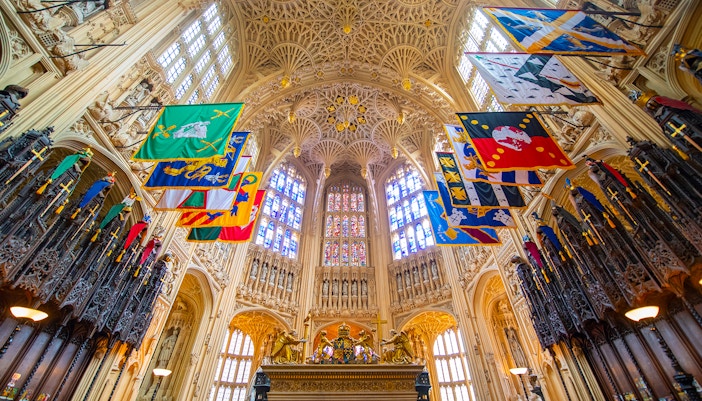The Cloisters were once the busiest parts of the abbey, where the monks meditated and exercised. The current cloisters date from the 13th to 15th centuries; they were reconstructed after a fire in 1298. There is also a memorial fountain in the cloister garth which pays respects to Lancelot Capability Brown, an English landscape architect known as the last of the greats from the 18th century.



























